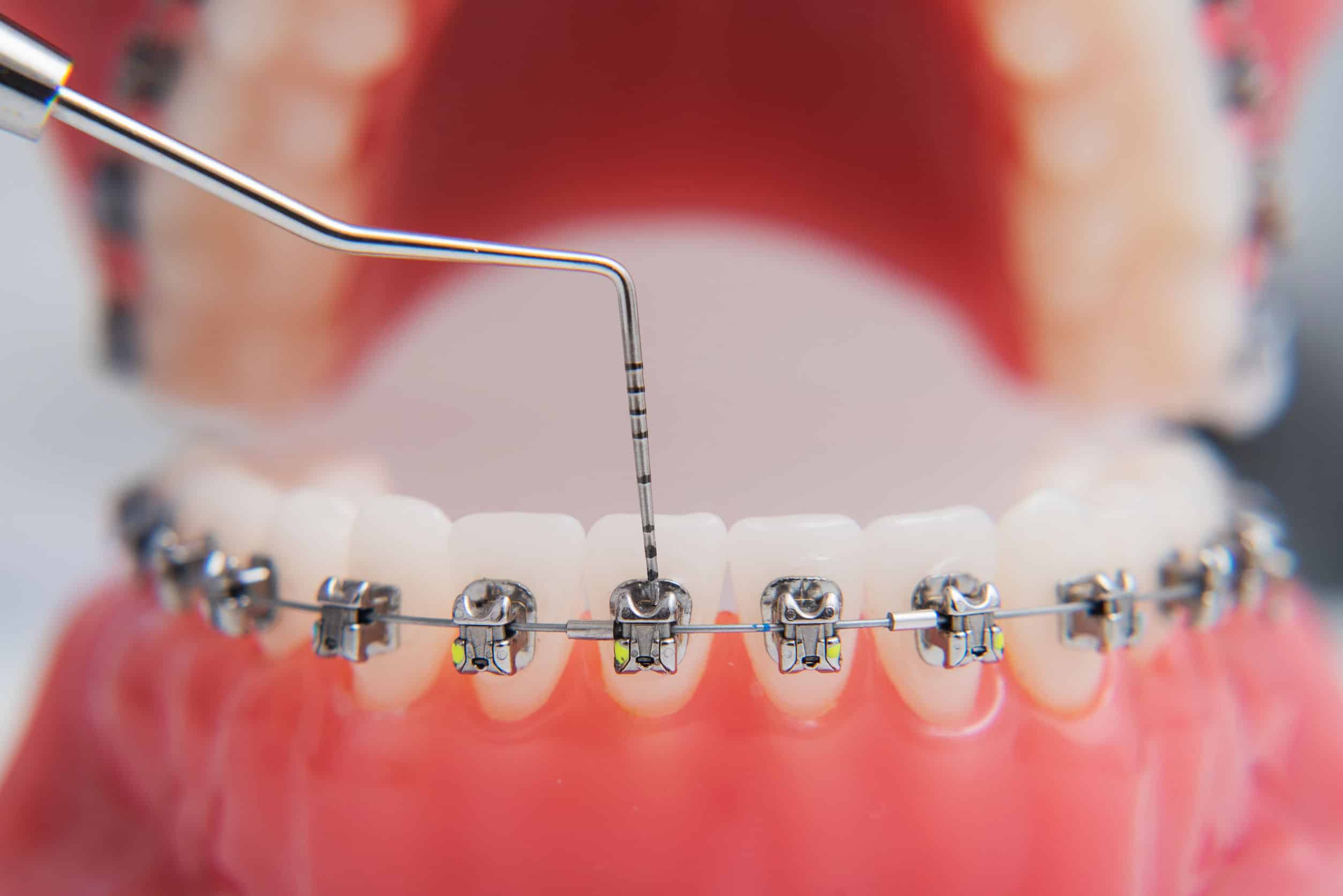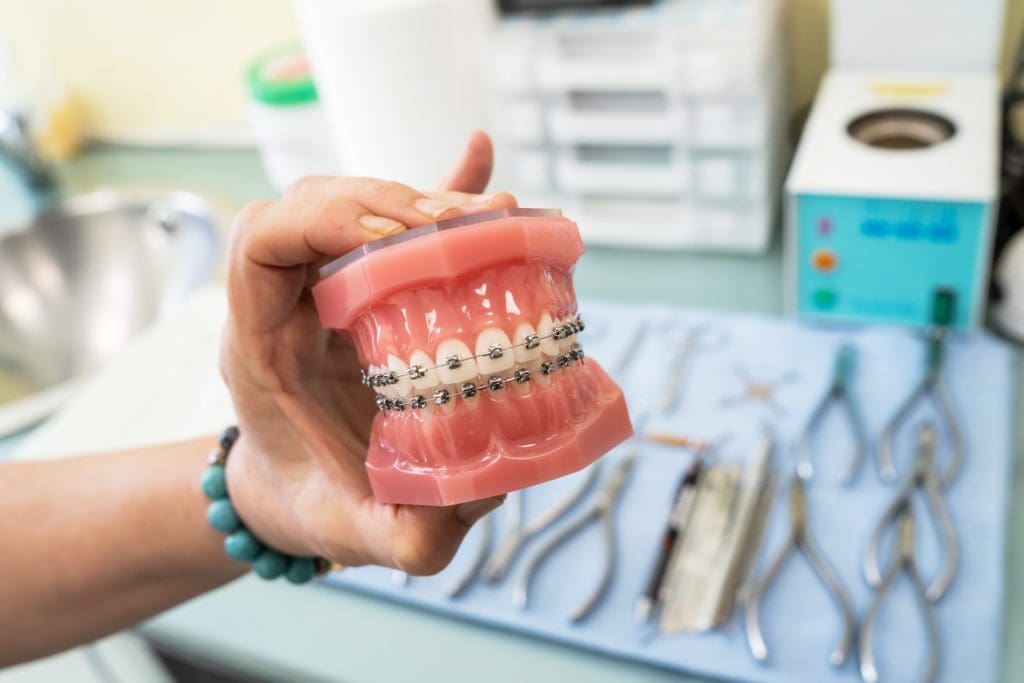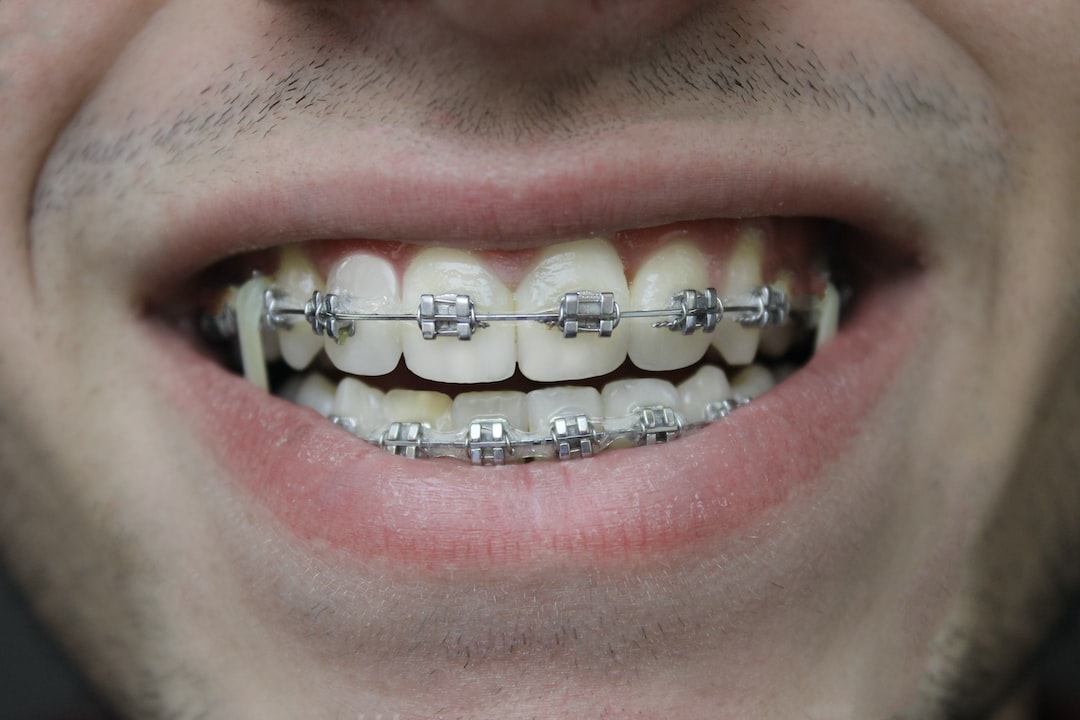How Cumming Orthodontics Addresses Common Braces and Invisalign Worries
How Cumming Orthodontics Addresses Common Braces and Invisalign Worries
Blog Article
Comprehensive Overview to Orthodontics Treatments for Dealing With Dental Misalignments
Comprehending the intricacies of each procedure, including their devices, benefits, and prospective disadvantages, is important in making informed decisions concerning one's orthodontic therapy. As we navigate with the detailed guide to orthodontic treatments for correcting oral misalignments, the intricate details of each technique will unravel, losing light on the path toward a functional and unified dental placement.
Orthodontic Procedures Overview

Along with conventional dental braces and clear aligners, orthodontists may also recommend other treatments like headwear, palatal expanders, or retainers to deal with specific positioning issues (cumming invisalign). These procedures are customized per individual's special requirements and may entail a mix of treatments to attain the wanted outcomes. Regular changes and monitoring are vital components of orthodontic therapy to make certain development is on track and to make any type of required modifications along the way. By undergoing orthodontic treatments, people can not just achieve a straighter grin however additionally enhance their general oral wellness and function.
Traditional Braces: Exactly How They Work
When considering orthodontic therapies for dental misalignments, typical braces stand apart as a time-tested approach for fixing teeth placing. Traditional dental braces include braces, wires, and bands that interact to use continuous pressure on the teeth, slowly moving them into the wanted placement. The brackets are connected to the teeth utilizing a special adhesive, and the wires are threaded through the braces. By adjusting the stress of the wires, orthodontists can manage the direction and force related to each tooth, guiding them into appropriate positioning gradually.
As pressure is applied to the teeth with the braces, the bone surrounding the teeth is reshaped to support the new tooth settings. Clients will need normal modifications at the orthodontist's workplace to guarantee the braces continue to use the appropriate stress for reliable teeth motion.
Unseen Aligners: Cons and pros
These clear, personalized trays are essentially unseen when used, making them an enticing alternative for individuals seeking a more visually pleasing orthodontic therapy. Individuals can remove the aligners before consuming or cleaning their teeth, minimizing the danger of food getting stuck in the appliance and streamlining the cleaning procedure.

Surgical Orthodontic Options
Surgical interventions in orthodontics present practical options for addressing complicated oral misalignments that might not be effectively dealt with with conventional orthodontic treatments. While traditional dental braces and invisible aligners can correct several orthodontic problems, specific instances call for medical intervention to accomplish optimum outcomes. Surgical orthodontic alternatives are commonly advised for extreme malocclusions, significant jaw inconsistencies, and cases where the underlying bone structure requires adjustment to accomplish correct positioning.
One usual surgical orthodontic treatment is orthognathic surgical procedure, which includes rearranging the jaws to deal with useful problems such as problem chewing or talking. This surgical treatment is typically carried out in partnership with an orthodontist that assists align the teeth before and after the treatment. Surgical orthodontics might additionally entail procedures to expose affected teeth, eliminate excess periodontal tissue, or reshape the jawbone to create an extra harmonious facial profile.
Prior to considering surgical orthodontic choices, people undertake a comprehensive examination to determine the requirement and possible advantages of such treatments. invisalign. While surgical procedure Find Out More might appear complicated, it can considerably boost both the feature and looks of the smile in cases where standard orthodontic treatments fail
Retainers and Post-Treatment Care

Failing to conform with post-treatment care instructions can result in relapse, where the teeth gradually move back towards their initial settings. Constant retainer wear, excellent dental health, and routine oral exams are vital for preserving the results achieved through orthodontic surgical procedure and ensuring the lasting security of the dealt with dental alignment.
Final Thought
In conclusion, look here orthodontic procedures use numerous choices for fixing oral misalignments. Surgical orthodontic alternatives are available for a lot more extreme imbalances. In general, orthodontic procedures can properly enhance dental wellness and aesthetic appearance.
As we browse through the comprehensive guide to orthodontic treatments for dealing with dental imbalances, the detailed information of each technique will certainly unravel, losing light on the path toward a harmonious and functional oral positioning. - orthodontist
One of the most typical orthodontic therapies is the usage of braces, which consist of steel braces and cables that use gentle pressure to progressively move teeth into the wanted position.When taking into consideration orthodontic therapies for dental misalignments, standard braces stand out as a tried and true technique for correcting teeth positioning. Additionally, undetectable aligners might not be suitable for complicated orthodontic concerns that call for even more considerable teeth activity, as they are typically advised for mild to modest cases. Retainers are tailor-made orthodontic devices designed to hold teeth in their dealt with placements after the completion of orthodontic therapy.
Report this page